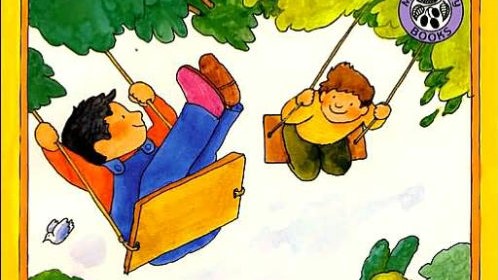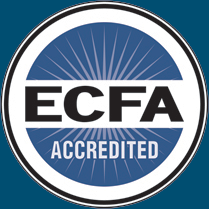
When you’re ready, watch the read-aloud video with your child(ren).
After Viewing
He was upset and asked many questions. After Robert left Peter was sad and said he had no one to play with.
Remind your child that this is his response to grief and loss. It is very important to share your feelings with your parents and God. After he gets Peter’s letter he realizes that Will is new, just like Peter, and that he is probably feeling lonely, too.
No right or wrong answers for this one; encourage your child(ren) to be honest.
When Peter wrote to Robert, he told him all about his new house and school. He also told him that at first he didn’t like where he had moved. (We will discuss the ADAPT model at the end of this lesson.) Peter tells him about his new friend named Alex. We will talk in a little bit about an idea called ADAPT and how we may not like the new place we move to at first. Whether you are going to stay or leave, it is really important to make new friends and it will help to make you feel less lonely. It can be hard to make new friends and then maybe lose them, but there is a real possibile benefit in making new friends.
They wrote letters to each other about their new friends
Remember you can be friends with more than one person at a time.
One thing to remember with transitions is to always include both your old and new friends. Notice that they talked about their new friends with their old friends.
That Peter still remembered him.
No right or wrong answers for this one; encourage your child(ren) to be honest.
No right or wrong answers for this one; encourage your child(ren) to be honest.
No right or wrong answers for this one; encourage your child(ren) to be honest.





 COPYRIGHT © 1998-2024 JAARS, INC. |
COPYRIGHT © 1998-2024 JAARS, INC. | 